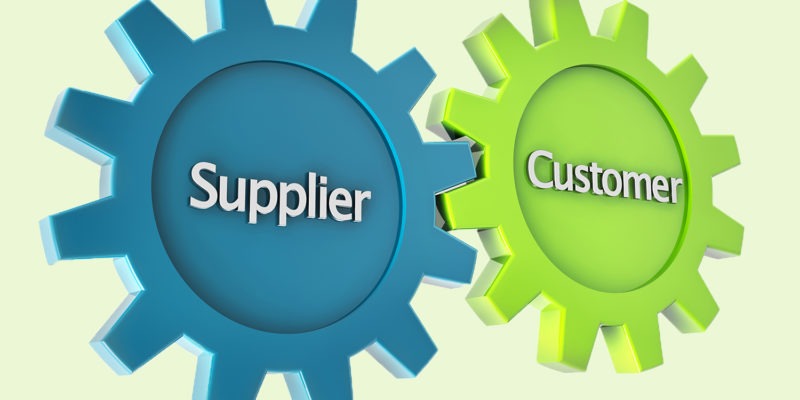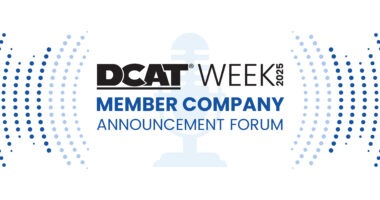Supplier Metrics: How Can Companies Measure Sustainability in Supply-Chain Performance?
A recent study by the management consultancy, EY, showed that a majority of supply-chain executives are focused on environmental, social and governance (ESG) initiatives, but lack capabilities to measure supply-chain sustainability. What can companies do to address the disconnect and get in sync?
Sustainable supply chains: a multi-industry view
A majority (80%) of senior supply-chain executives are increasing their emphasis on environmental, social and governance (ESG) initiatives, but few have the end-to-end supply-chain visibility, technology, and comprehensive programs in place to measure their progress to enable them to realize their sustainable supply-chain objectives, according to a recent Ernst & Young LP (EY US) report. Focusing on supply chains is key to overall ESG efforts because more than 90% of an organization’s greenhouse gas emissions and 50% to 70% of its operating costs (including sourcing of materials, manufacturing, warehousing, and transportation) are attributable to supply chains, according to the study. Beyond risk avoidance and compliance, organizations are seeking ways to create long-term value by embedding sustainability into supply-chain operations. Challenges to their initiatives include upfront costs and a lack of a clear business case to support the expenditures.
These were key findings from the EY 2022 Supply Chain Sustainability Report, which surveyed 525 senior supply-chain executives from large organizations across the US, Canada, Mexico, Argentina, and Brazil. The various sectors included in the study were life sciences, manufacturing, energy, health providers, consumer packaged goods, food & agriculture, technology, mobility. retail, and government.
Metrics: making the business case for sustainable supply chains
Despite having articulated a long-term vision, 33% of the executives surveyed in the EY study say they lack a business case to support sustainable supply-chain development. Additionally, nearly one in five executives say they do not have a sustainability strategy or know where to begin, and half of the executives surveyed say that don’t have an integrated scorecard to measure supply-chain sustainability results. The EY study showed shows that only 50% of companies report basic key performance indicators on supply-chain sustainability and risks, making it difficult to make the business case for sustainable supply chains.
“Despite having a long-term vision for ESG, supply-chain executives struggle to embark on a sustainability journey due to lack of visibility from the products and services they source to their distribution centers and delivery operations,” said Raj Sharma, EY Americas Consulting Vice Chair, in commenting on the study. “Customers today are not only concerned with why products aren’t available on the store shelves, but they are asking tough questions about a company’s sustainable sourcing, working conditions of suppliers, and much more.”
The EY analysis shows that in response to these greater expectations from customers, supply-chain leaders are prioritizing an increase in end-to-end supply-chain visibility (58% of those surveyed responded as such) and supply-chain resilience (47% of those surveyed). Visibility throughout the supply chain was the top priority for supply-chain executives in 2022, having been a top-two priority for them in 2021 and 2019, according to the EY study. Although increased end-to-end supply-chain visibility is a top priority, it remains a work in progress—only about four in 10 respondents (37%) have seen increasing visibility. Moreover, as consumer, investor, regulatory, and employee expectations have increased demand for supply-chain disclosures, visibility across the supply chain will be a necessity for companies working to comply with the US Securities and Exchange Commission’s or other country’s proposed climate-disclosure regulations.
Despite the emphasis on increased visibility, the primary motivation for improving supply-chain sustainability is cost savings, with 61% of those executives surveyed citing cost savings as the key impetus. A separate 2019 EY survey showed almost half of the companies interviewed (47%) said that supply-chain sustainability is owned by their procurement function, thereby creating an opportunity for companies to think beyond procurement and cost savings for their supply-chain sustainability strategies.
“Cost savings is not the only benefit supply-chain leaders should expect from sustainability initiatives,” said Sumit Dutta, EY Americas Supply Chain and Operations Markets Leader, in commenting on the study. “To make the strongest business case, they should focus on the more immediate impact that a sustainable supply chain can have on their organization as a whole, including revenue, risk management, customer loyalty, brand reputation, innovation, employee quality of life, and talent retention.”
Other top motivators for improving supply-chain sustainability cited by executives in the study were: compliance with regulatory compliance (51% of executives identified as such); pressure from partners and suppliers (41%); potential for improved revenue growth (28%); pressure from customers (26%); pressure from their workforce (25%); and a sense of ethical responsibility (21%),
Benefits and progress in sustainable supply chains
The EY study also asked executives to provide the benefits that they have gained from sustainable supply chains and what they expect to see in the near term. Key findings are highlighted below.
Contribute to revenue growth. 70% of executives have already seen or expect to see increased revenue because of their sustainability supply-chain initiatives within the next one to three years.
Improve risk management. 55% expect to see better management of operational risks within one to three years.
Contributions to intangible elements of the business: Within the next three years, 40% of those surveyed expect their employees to experience an improved quality of life. Forty-four percent anticipate increased customer loyalty, and 31% believe it will contribute to decreased employee turnover
Recommendations for measuring supply-chain performance
The EY report further provides five recommendations for senior executive to jump-start their supply-chain sustainability programs as outlined below.
Estimate the gap with goals. Understand current sustainability performance and examine how the current supply-chain design supports (or does not support) organization-wide sustainability commitments and goals.
Improve visibility and traceability. Deploy technology and improve processes for broader data sharing with suppliers.
Expand the business case. Include drivers beyond cost savings, e.g., increased revenues, market share, reduced risk, customer loyalty, talent proposition.
Broaden focus on and prioritize key functions in realizing sustainability targets. For sustainability, look beyond procurement to other functions in the supply chain such as manufacturing, logistics, and product design.
Leverage tax incentives: Leverage available tax incentives and grants to fund future sustainability initiatives.






